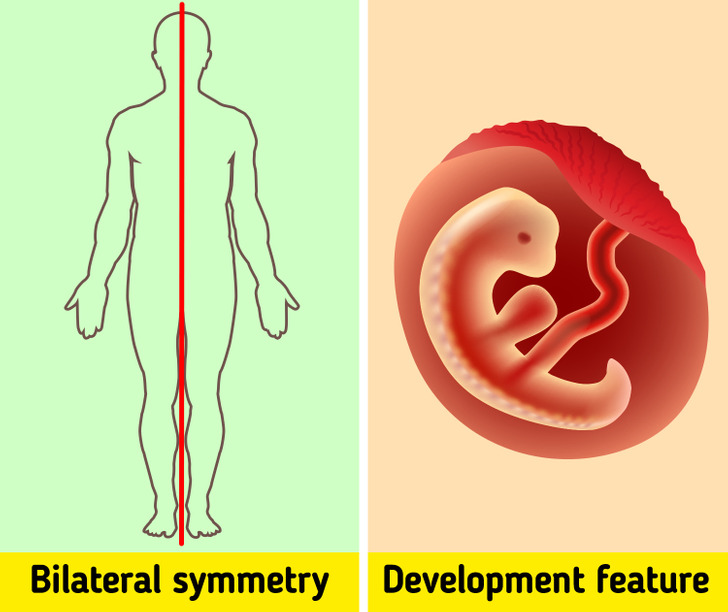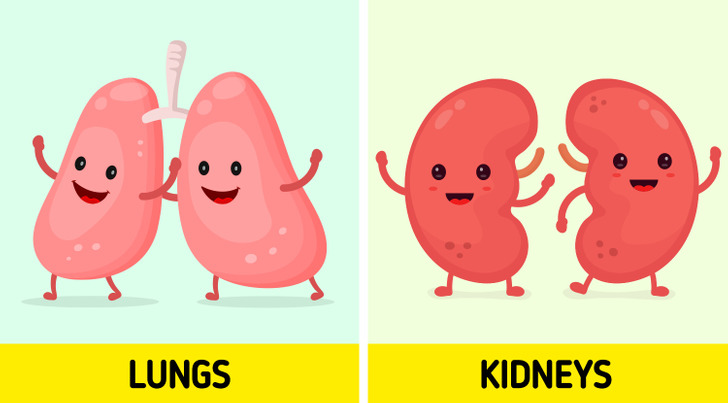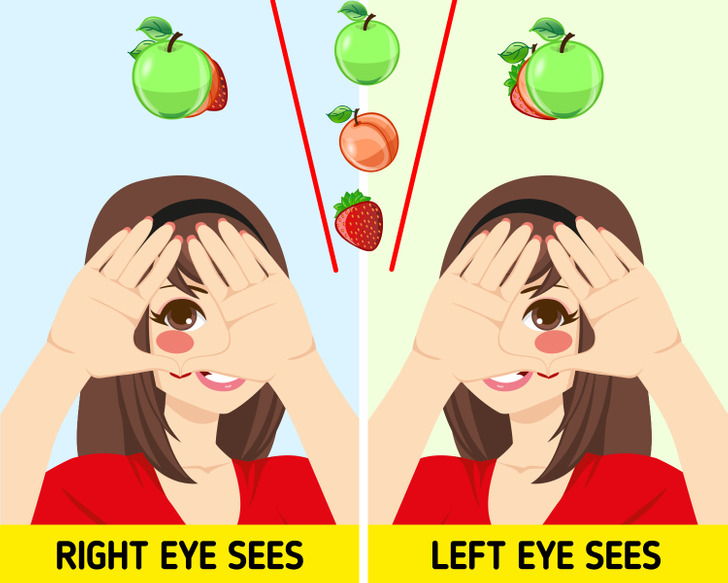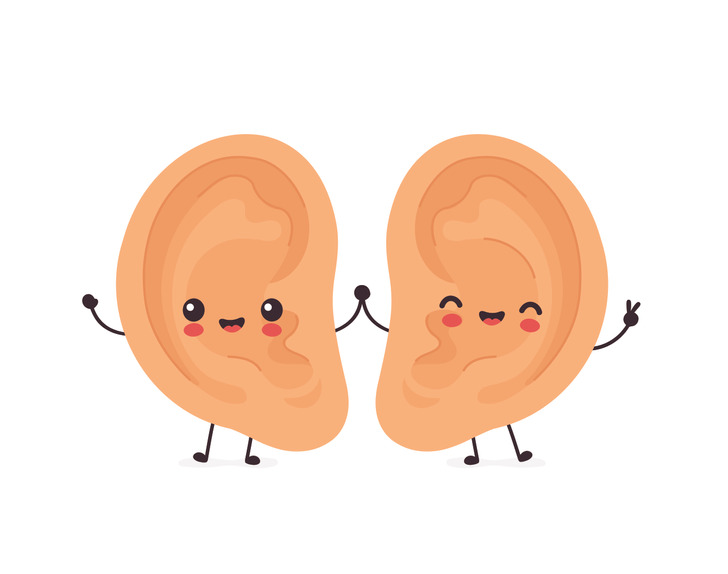Why Some Organs Come in Pairs
Our bodies constantly take care of different processes. We breathe, eat, sleep, and digest food. The body renews itself and protects itself. All systems are connected and depend on each other while performing their functions.
Organs are responsible for different functions, and some of them are single, while others work in pairs. However, it’s not universally known why we have “double” organs in our bodies.
5-Minute Crafts found out what some scientists think of the organs that come in pairs.
Why we have paired organs
Scientists list 2 reasons for the development of paired organs in humans:
- Bilateral symmetry or, in other words, the symmetry of our bodies, is a trait we share with other animals, such as fish, inherited from our ancestors. This feature appeared in living organisms 500-600 million years ago. According to one of the hypotheses, paired organs allow us to move more easily and provide greater mobility for our bodies. Symmetry might also help us to support a complex central nervous system right in the body’s center.
- Embryonic development occurs in the body of an embryo at an early stage of development, and at that time, there is a midline tube that connects the mouth to other orifices. Many organs develop from this tube in the form of buds. Whether the organ will be paired or not depends on whether the bud remains single or splits.
What internal organs come in pairs
We have a pair of lungs, kidneys, and mammary glands, among others. Paired organs are not “redundant” — they don’t simply exist to accompany their counterparts. They all work at full capacity, as you’ll see from the examples below. If we take away one organ, this will, sooner or later, lead to negative consequences.
Why we have 2 eyes
A person has 2 eyes but sees one image. This is called binocular vision and it allows you to see in 3 dimensions. Basically, your eyes are placed on your head but distanced from each other so that each eye registers a slightly different image. That also means 2 separate images enter the brain. But after processing them, your brain “shows” a single 3-dimensional image. This helps us to perceive length, width, depth, and distance.
Having 2 eyes also comes with another benefit. If we lose one eye, we can still see — the risk of blindness is not so high.
Why we have 2 ears
Human ears catch sound waves. Thanks to the ears, information about sounds enter the brain. You have ears on both sides of your head — this helps you better identify the source of the sound. Also, the ears absorb shock, which means that loud sounds are distributed into 2 parts and lose their annoying effect.
If you had only one ear, you would perceive fewer sounds. Additionally, it would be challenging to decipher noises. With 2 functioning ears, the sound is more balanced and natural.



